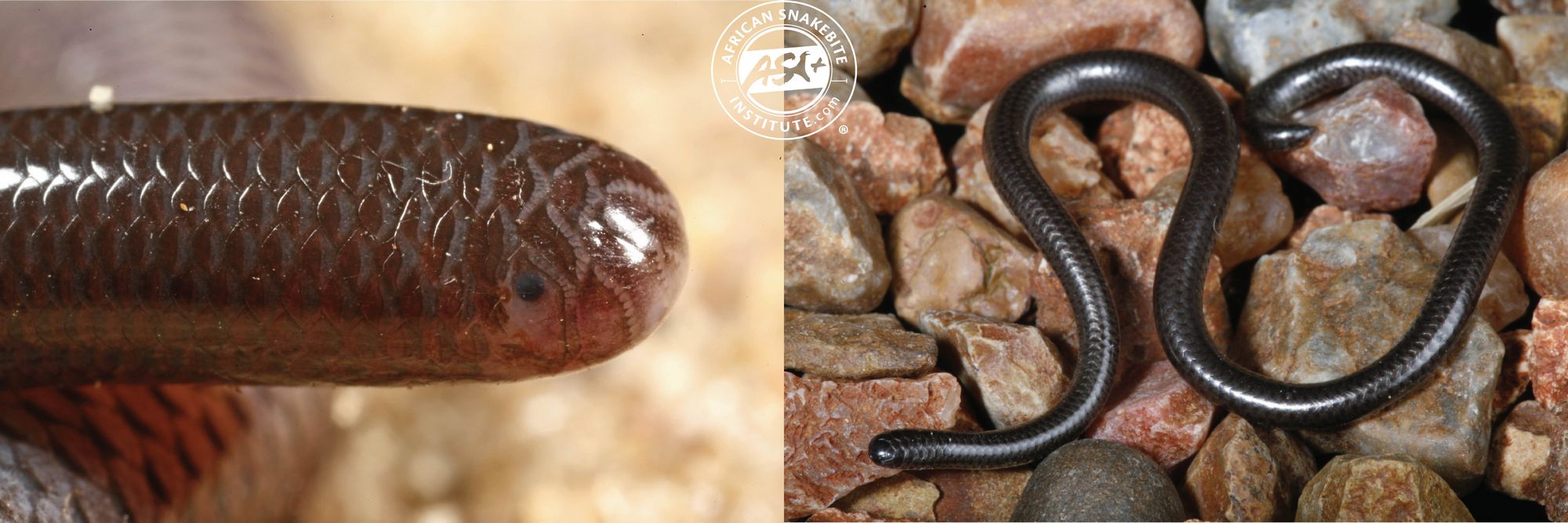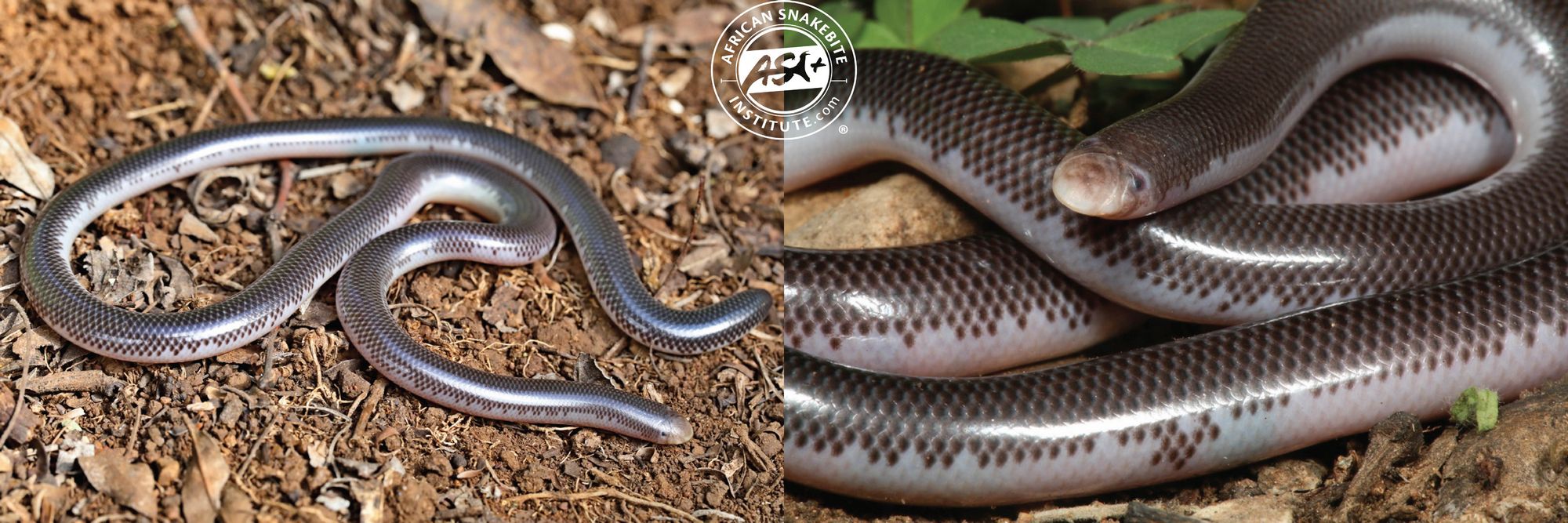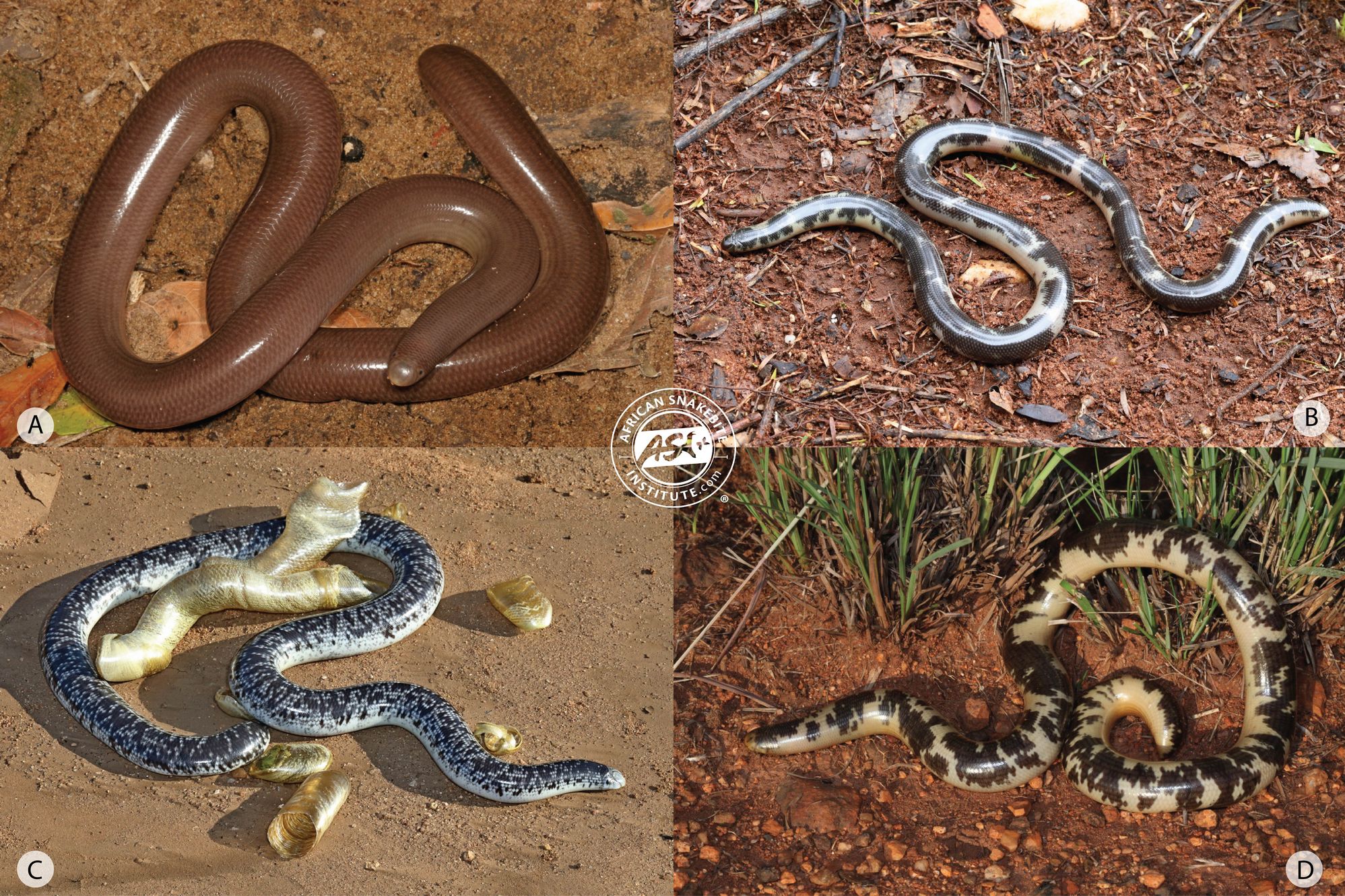Want to attend the course but can’t make it on this date?
Fill in your details below and we’ll notify you when we next present a course in this area:
There are 22 species of thread snakes, blind snakes and beaked blind snakes.
These snakes are all harmless and feed on ants and termites including their eggs and larvae. This group includes the only non-indigenous and invasive snake species in southern Africa, the Flowerpot Snake. This small snake originates from Asia and has been introduced to Durban, Cape Town and Beira reportedly via pot plants, hence the name.
They do not appear to threaten any other reptile species, but are spreading further inland. It is an all-female species and reproduces via parthenogenesis (self-reproduction), producing genetically identical offspring.

The Flowerpot Snake, the only non-indigenous snake species in southern Africa.
The indigenous thread snakes are widespread across most of southern Africa. Most are small (under 20 cm) and thin, they are usually black in colour, although there are a few species that may be pink.

Thread Snakes have tiny eyes under a large scale.
The beaked blind snakes are larger snakes, reaching almost 40 cm. Most are pink in colour and resemble large earthworms. The head has a large rostral scale and the eye is a reduced black dot.

Delelande’s Beaked Blind Snake has a large rostral scale.
The blind snakes get much larger and two species reach almost a meter in length. These snakes are bulky with small shiny scales and a large rostral scale, which is used for burrowing underground. These snakes are all completely harmless.

A selection of Blind Snakes: A – Bibron’s Blind Snake, B + C different colour variations of Schlegel’s Blind Snake, D – Zambezi Blind Snake.
These snakes are all completely harmless.